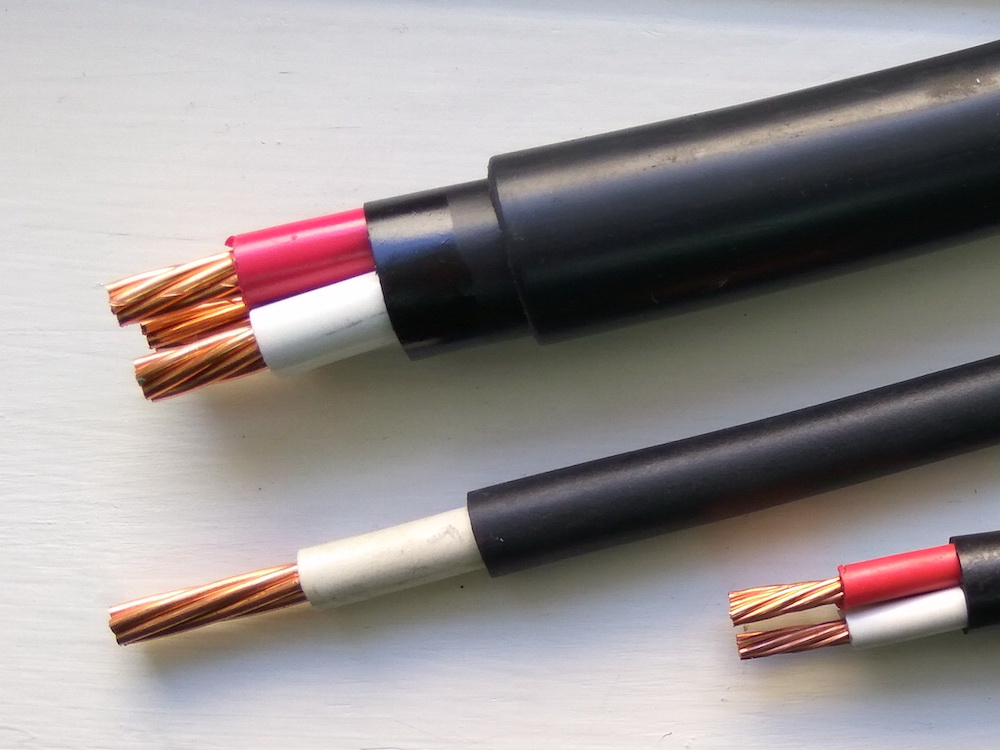
Usage: Low voltage building wire, indoor and outdoor wiring, plant wiring, power transmission and distribution for industrial equipment.
Having been certified with CNS mark and Certificate of the Registration of Product Certification,
Walsin provides high-quality, safe, and reliable products for home buildings, malls, plants, and public infrastructure construction projects.
- PVC Wire and Cable
PVC insulated wire or PVC insulated, PVC sheathed cable, which are used in buildings, indoor wiring, plant wiring, and power transmission, distribution, control system for industrial equipment.
- XLPE Cable
Cross-linked polyethylene (XLPE) cables under 2000V, with outstanding heat resistance, electrical, physical, and mechanical properties for uses in power supply and control wiring system in dry/ humid environments (indoors and outdoors).
- Raw Copper Wire
Uninsulated raw copper wires or strands as ground wires or conductors for insulated wire and power cables
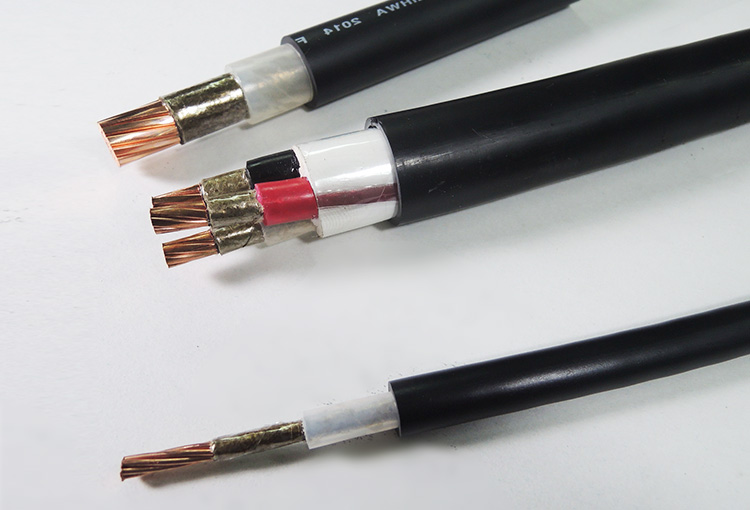
According to the Standard for Installation of Fire Safety Equipments Based on Use and Occupancy, wiring of the fire safety equipment emergency power supply system shall be fire-resistant or heat-resistant.
Meeting the「Approval Criteria for Heat Resistant Wires and Cables」and the 「Approval Criteria for Fire Resistant Cables」, Walsin Lihwa’s fire-resistant wires and cables have gain relevant accreditations. For a certain period of time, the products can maintain normal operation of the fire safety equipment, which use emergency power supply in case of fires, to help protect lives and property.
- Heat Resistant Cable
Heat-resistant wires and cables for signals, indicator lights, and control circuits of emergency power supply of fire safety equipment under 600V.
- Flame Resistant Cable
Flame-resistant cables for power supply, control circuits, alarms, monitoring, and communications of emergency power supply of fire safety equipment under 600V.
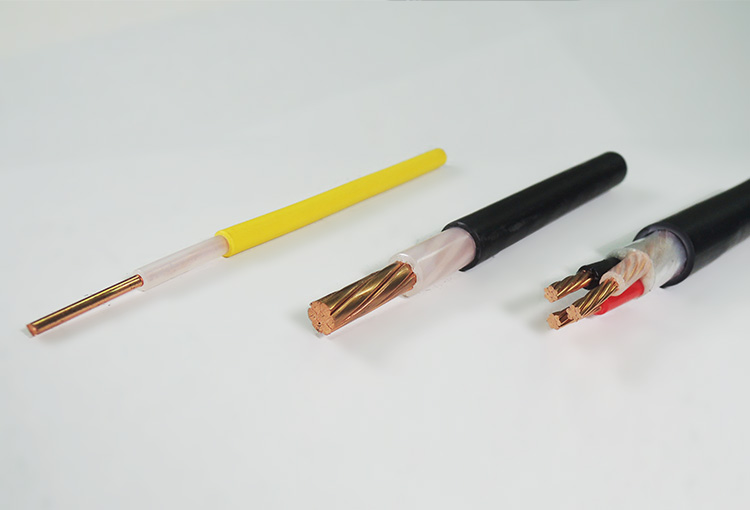
Flames, dense smoke, and high temperature are the three acute dangers during fires. Smoke is the most fatal of them because: Smoke-inhalation may lead to death. Visual obscuration during escape from fires occurs. Corrosive and toxic gases contained in the smoke jeopardize lives and equipment.
Widely used in public places such as airports, hospitals, mass rapid transit systems, and underground railways, LSFH cables are highly safe power transmission and distribution products with the following characteristics:
.Outstanding fire resistance (Flame propagation test)
.Extremely low density of smoke when being burnt (Smoke test)
.Near-zero toxicity index (Toxicity index test)
.High corrosion resistance(combustible gas test)
.High oxygen index, without concern of supporting combustion (Oxidation and temperature index test)
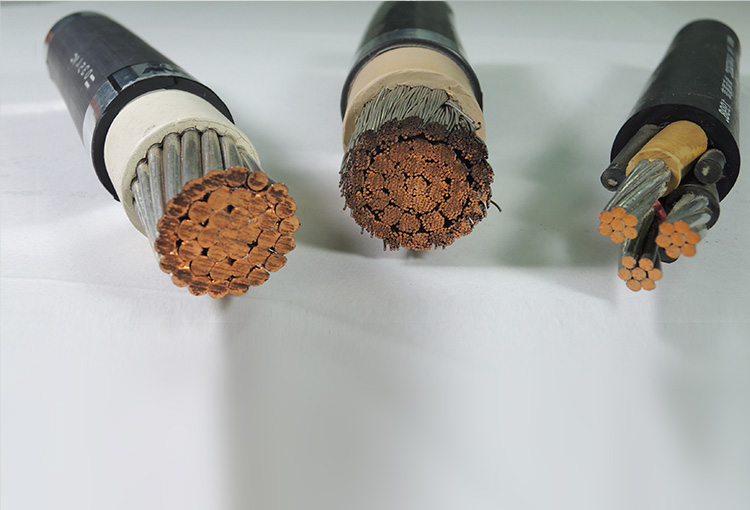
The rubber material is a thermosetting elastomer, which has the characteristics of good flexibility, weather resistance, abrasion resistance, and spark resistance.
It is commonly used for EPR (Ethylene Propylene Rubber) as power cable insulation.
Although the electrical properties are inferior to XLPE, but it has better weather resistance, as well as flame retardant. Thus, suitable for cable insulation materials which are to be used in thermal power plants, nuclear power plants and other places.
- Neoprene rubber material
has good weather resistance, flame retardant, abrasion resistance as well as tensile strength, and is often used as a covering material for rubber cables.
- Hypalon rubber material
has excellent heat resistance, often used as an outer sheath for rubber cables. This material is also flexible and has good electrical characteristics. Thus, it can be used as an insulation layer for the lead wires of low-voltage electric machines.
The Hypalon lead wires, EPR-Neoprene cables, EPR-Hypalon cables, and EPR-LSFH cables produced by Walsin Lihwa are suitable for industrial equipment cables, as well as special cables, such as generators, electric welders, and lead wires of electric machines.
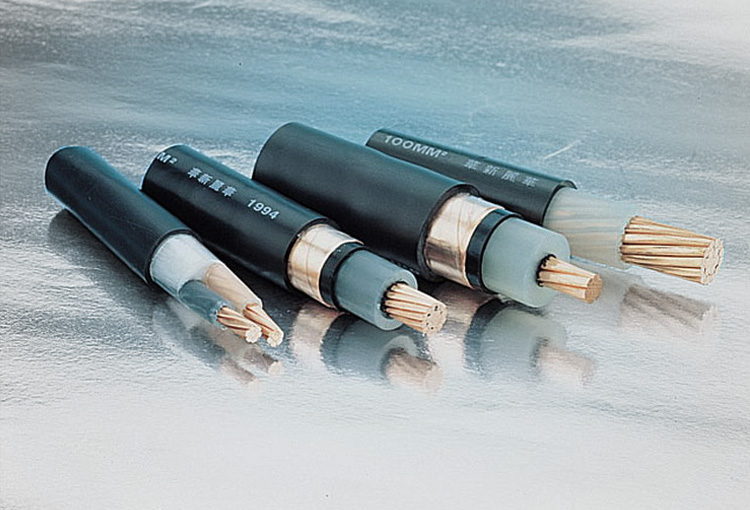
Medium- and high-voltage XLPE cables feature outstanding heat resistance as well as good electrical, physical and mechanical characteristics, and are suitable for indoor and outdoor power transmission and distribution systems as well as dry and humid environments.
The conductor temperature can reach 90°C under normal conditions, 130°C under an emergency conditions(no more than 3 times in 12 consecutive months, with an average of no longer than 36 hours each time), and it can reach 250°C during a short circuit maximum up to 5 seconds.
Such cables are suitable for urban underground distribution as well as medium- and high-voltage power transmission and distribution in various public places, plant buildings, residential communities, and multi-story buildings.





